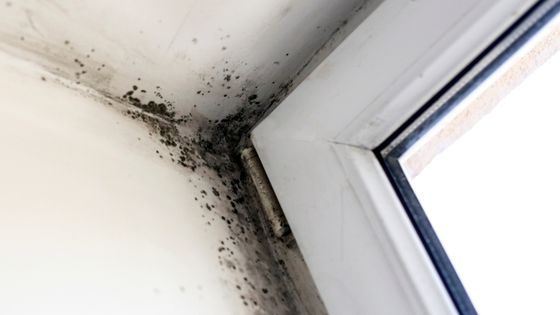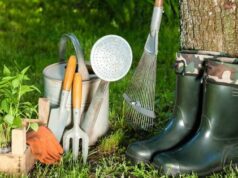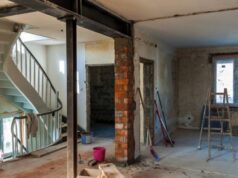Red mold is a type of fungus that can grow and spread quickly in moist, warm, and humid environments. It often appears red-orange or pinkish in color and has a soft, spongy texture. As red mold reproduces airborne spores, it is important to remove red mold from any area where it may form as soon as possible.


Aside from being an unsightly nuisance, red mold is a potentially dangerous problem that can cause health problems for those within the affected area. This includes respiratory issues and allergic reactions due to the toxins red mold releases into the air. In some cases, red mold infestations can lead to severe damage to walls, furniture, and other surfaces if not dealt with promptly and properly.
In this article, we’ll discuss how to identify red mold and provide tips on how to safely remove it from your home.
The Basics of Red Mold
Red mold is a type of fungus that can appear anywhere – in your house, on foods, or just about anywhere else! It’s not the most pleasant sight, but it can be dealt with. The red mold itself is actually harmless unless inhaled – however, it may bring along other types of allergens and bacteria.
So why does red mold tend to show up everywhere? Well, this type of mold thrives mainly in damp and warm environments. That’s why it’s important to keep your home well aired out so as to eliminate any potential sources of water or moisture that could act as an ideal breeding ground for the red mold spores.
If you do find yourself with a red mold infestation, there are a few solutions you can consider such as hiring a professional cleaner or giving the area a deep clean yourself – although if you take this course make sure to wear some kind of protective gear like face masks and gloves!
Identifying Red Mold in Your Home
Red mold can wreak havoc on the health of your home and its inhabitants, making it essential to identify it as soon as possible. Look out for red or pink spots growing in damp places around your house like the bathroom, kitchen, or basement, especially in the grout between tiles.
If you have an area of repeated condensation or pooling water in the home, check that spot too. Additional signs of red mold include a slightly musty smell and higher humidity in certain rooms. If you suspect any type of mold growth in your home, take quick action! Get it tested by a professional to ensure it is safely removed and not disruptive to anyone living there.
Health Risks Associated With Red Mold Exposure
Red mold is an especially hazardous type of mold that can have numerous harmful effects on the health of exposed individuals. Whether inhaled or ingested, red mold can cause a variety of respiratory symptoms, such as sneezing fits, watery eyes, coughing, and chest pain.
Additionally, ingesting red mold can wreak havoc on the digestive system—including abdominal discomfort and vomiting. Red mold exposure has been linked to more serious problems like asthma and memory loss as well; those who experience sufficient amounts of exposure should seek medical attention immediately.
The best way to reduce the risk of developing any of these conditions is to identify red mold quickly and take simple steps to prevent it from spreading further.
Preventing Red Mold Growth in Your Home
Red mold growth can be an unsightly and unsanitary problem in any home, but luckily there are a few simple steps you can take to help keep it at bay. To start, make sure your home is properly ventilated. Open windows when possible – especially during humid days – to reduce moisture in the air.
Be extra vigilant in areas of the home that experience higher levels of moisture like bathrooms and laundry rooms. Clean these areas often, scrubbing away any spills or damp spots right away before they have a chance to turn into mold colonies. Keep humidity levels below 45 percent throughout the house by investing in some reliable dehumidifiers and checking them regularly.
Finally, use mildew-resistant paint on your walls as an extra precaution, since it will create a physical barrier against mold spores. These steps can help ensure that red mold doesn’t become an unwelcome guest in your home!
All in all, red mold is not something that should be taken lightly. This mold can have serious effects on your health if you’re exposed to it for a long time, so it’s important to familiarize yourself with the signs that indicate red mold growth. Knowing where and how to look for this kind of mold will help you keep your home safe from air pollutants. Remember, it’s only by staying aware and proactive that you can keep this harmful fungus out of your home!









